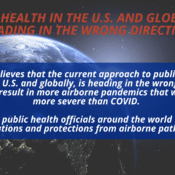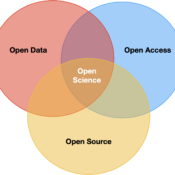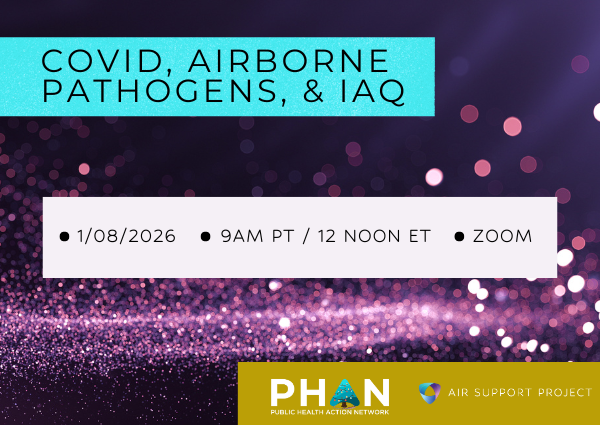
Long COVID and the Heart: Understanding Cardiovascular Impacts
While COVID-19A disease caused by the SARS-CoV-2 virus, leading to respiratory illness. is primarily known for its respiratory effects, researchers now understand that the virus can also harm the heart and blood vessels, sometimes long after the initial infection has cleared. Even people who had mild or no symptoms during their acute infection have developed lingering cardiovascular problems. This post explores what those problems are, how they work, and what the latest science says about the risks.
Increased Risk of Heart Attacks and Cardiovascular Disease
What it means: Your heart pumps blood through arteries. A heart attack happens when blood flow is suddenly blocked, usually by a clot or buildup in the vessels. “Cardiovascular disease” is a broad term that includes heart attacks, strokes, heart failure, and more.
- Elevated Risk Post-Infection: People who’ve had COVID-19A disease caused by the SARS-CoV-2 virus, leading to respiratory illness., even mild cases, are more likely to develop serious heart conditions up to a year after their infection. This includes an increased risk of heart attacks, irregular heartbeats, heart failure, and strokes. 1Long-term cardiovascular outcomes of COVID-19A disease caused by the SARS-CoV-2 virus, leading to respiratory illness. https://www.nature.com/articles/s41591-022-01689-3
- Impact on Young Individuals: Though heart disease is typically seen in older adults, young adults and teens, especially athletes, have shown signs of inflammation in the heart muscle (myocarditis) after COVID-19A disease caused by the SARS-CoV-2 virus, leading to respiratory illness.. This can lead to chest pain, heart rhythm issues, or even sudden cardiac problems. 2The Cardiac Effects of COVID-19A disease caused by the SARS-CoV-2 virus, leading to respiratory illness. on Young Competitive Athletes: Results from the Outcomes Registry for Cardiac Conditions in Athletes (ORCCA) https://pmc.ncbi.nlm.nih.gov/articles/PMC9964305/
Blood Clots and Microclotting
What it means: A blood clot is when your blood thickens and clumps together, normally a helpful process that stops bleeding. But when clots form in the wrong places, they can block blood flow and cause problems like strokes, heart attacks, or lung clots. Microclots are tiny clots that form in small blood vessels, and they’re too small to see on typical scans but can still cause big problems.
- Clotting After COVID: COVID-19A disease caused by the SARS-CoV-2 virus, leading to respiratory illness. seems to increase the body’s tendency to form clots, sometimes months after recovery. These clots can block oxygen-rich blood from getting to the heart, lungs, brain, or limbs. In Long COVIDPersistent symptoms following recovery from acute COVID-19. patients, this may contribute to fatigue, pain, or brain fog. 3https://www.nature.com/articles/s41591-022-01689-3
- Persistent Microclots: Researchers have discovered abnormal protein clots in Long COVIDPersistent symptoms following recovery from acute COVID-19. patients that don’t easily break down like normal clots. These “microclots” may prevent nutrients and oxygen from reaching tissues throughout the body, possibly explaining some of the ongoing symptoms. 4https://cardiab.biomedcentral.com/articles/10.1186/s12933-021-01359-7
Persistent Vascular Inflammation
What it means: Your blood vessels are lined with thin layers of cells called the endothelium. These cells help keep blood flowing smoothly. If they become irritated or inflamed (what doctors call “endothelial dysfunction”), they can trigger clotting, scarring, or blockages, and increase the risk of heart disease and strokes.
- Endothelial Damage: COVID-19A disease caused by the SARS-CoV-2 virus, leading to respiratory illness. can damage the lining of the blood vessels and cause long-term inflammation, even after the virus is gone. This creates conditions where clotting and poor circulation can persist, potentially harming the heart and other organs. 5https://www.mdpi.com/2075-1729/14/5/545
- Vascular Sequelae as Part of Long COVIDPersistent symptoms following recovery from acute COVID-19.: Studies confirm that if vascular issues – like blood vessel inflammation or clotting – continue for 12 weeks or more after the infection, they are part of what’s now classified as Long COVIDPersistent symptoms following recovery from acute COVID-19.. 6https://pmc.ncbi.nlm.nih.gov/articles/PMC9895315/
Autonomic Dysfunction and POTS
What it means: Your autonomic nervous system controls things you don’t think about, like heart rate, breathing, and blood pressure. After COVID, some people develop a condition called POTS (Postural Orthostatic Tachycardia Syndrome), where the heart rate jumps too high when standing up. It can cause dizziness, fainting, and fatigue.
- POTS and Long COVIDPersistent symptoms following recovery from acute COVID-19.: Doctors are diagnosing POTS more frequently in Long COVIDPersistent symptoms following recovery from acute COVID-19. patients. It’s not just an inconvenience,it can be disabling, especially for young people who were otherwise healthy. 7https://www.ncbi.nlm.nih.gov/pmc/articles/PMC10792321/
Conclusion
Long COVIDPersistent symptoms following recovery from acute COVID-19. can affect your heart and blood vessels in multiple ways – from increased risk of heart attacks and strokes to mysterious conditions like microclots and POTS. Even people who had “mild” COVID can be affected. If you’re feeling chest pain, shortness of breath, dizziness, or extreme fatigue after COVID-19A disease caused by the SARS-CoV-2 virus, leading to respiratory illness., it’s worth discussing with a doctor who understands Long COVIDPersistent symptoms following recovery from acute COVID-19.. More research is underway, but we already know enough to take these cardiovascular effects seriously.













